Snowy Valleys locals take power lines fight underground
A bid by locals to force the controversial HumeLink power lines to be built underground has received a boost as three electricity experts rule that it’s viable.
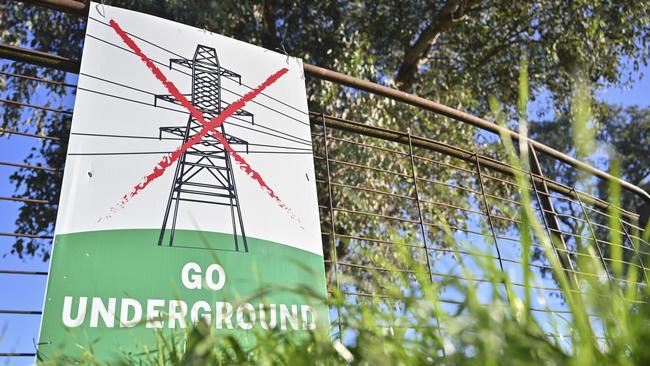
They are three power industry experts with 142 years’ worth of experience between them, and their evidence was unequivocal. The undergrounding of 500kV power lines to integrate renewables to the grid is a viable option.
As Australia rebuilds its electricity infrastructure for the future, why are we investing in overhead high-voltage AC technology of the past, they wondered.
The mood shifted in the meeting room in Tumut in the Snowy Valleys where a NSW parliamentary inquiry was hearing evidence this week on the option of putting high-voltage transmission lines underground.
Locals had already told of their years-long battle to have an underground option for the proposed 360km HumeLink project thoroughly examined and they were bolstered by the evidence of Professor Simon Bartlett, former chief operating officer of Queensland’s Powerlink; Ken Barber, a specialist in supplying and installing overhead lines and underground cables; and Les Brand, an expert in HVDC transmission and land and submarine cables. All three have led or worked on major Australian projects.
Bartlett said Australia was wedded to traditional overhead high-voltage alternating current (HVAC) technology, the favoured option for HumeLink, while other countries had embraced high-voltage direct current (HVDC) voltage source converter technology.
“Australia is lagging well behind international best practice, knowledge and experience both in terms of undergrounding and especially the use and benefits of HVDC-VSC technology,’’ he said.
Bartlett, a former chair of transmission at the University of Queensland, said HVDC had a number of benefits – higher efficiency, lower transmission losses, less environmental impacts than AC overhead – and should be key in integrating large amounts of renewables into the system.
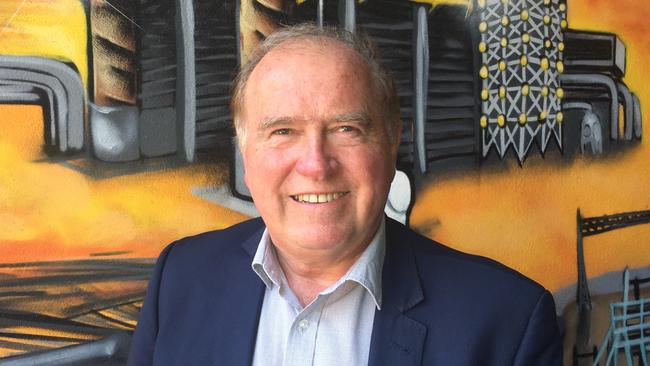
The experts urged against rushing into committing to overhead HVAC lines that cross prime farming country and impact rural communities before all options and costs were fully examined.
“The rest of the world is using HVDC to integrate renewables. Here they’re fixed on past technology, the AC variety,’’ Bartlett said.
“There’s a role for both – a role for the (existing) 330kV distributor lines and a role for DC to manage the long hauls.
“HumeLink was built for Snowy 2.0 and that is now seven-plus years away. If VNI West (transmission project in Victoria) is approved, it’s eight years away. We’ve got time to get this right; I can’t see why we have to rush into this decision. It’s an absolutely crucial decision for Australia.”
Barber said he was embarrassed to admit to colleagues in Europe that Australia was forging on with new overhead lines. “Those European engineers say ‘why do the Australian public still accept the construction of overhead lines with their impact on the environment?’.
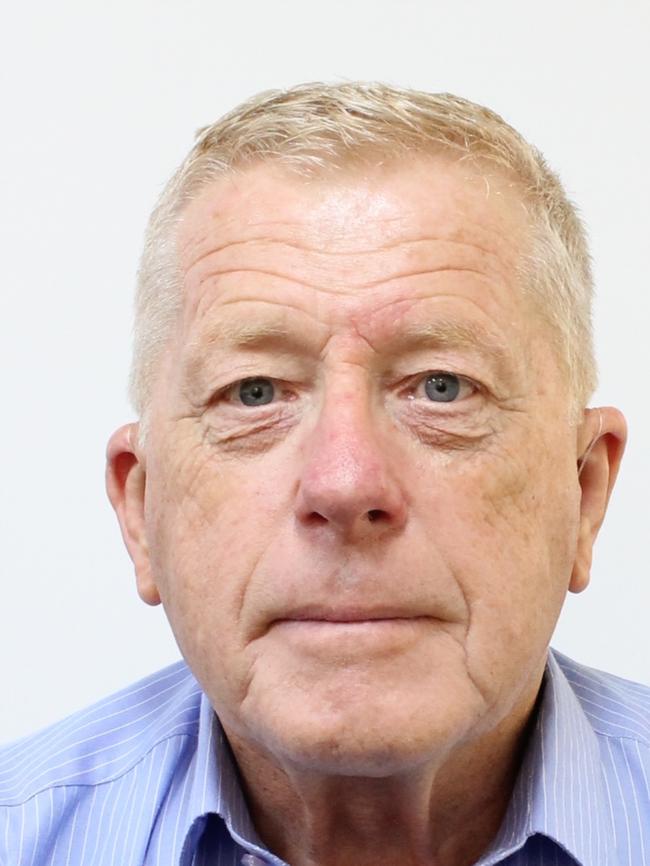
“Whilst overhead lines are cheaper to build they are ignoring the fact that these lines will cost much more to maintain in the future and the hazards they provide, particularly with the effects of climate change.’’
Transgrid says undergrounding HumeLink would delay the project and threaten energy network security, arguing that the additional costs would be unsustainable.
The cost of building the line has already blown out from $3.3bn to about $5bn. A consultant for Transgrid ultimately put the undergrounding option at $11.5bn – a figure Transgrid chief Brett Redman said was so low “you wouldn’t find a contractor that will build at that price”.
He told the inquiry the cost difference and flow-on to consumers would be profound. “It’s why the (Australian Energy) regulator wouldn’t approve it.’’
Redman agreed HVDC had benefits – lower line losses and less heat – but the cost to connect it is prohibitive. “It‘s about $100m to $150m to create a connection point for renewables into an AC line. It’s about $400m or $500m to create the same kind of connection point for a DC line,’’ he said.
Les Brand has been involved in a number of projects comparing HVAC and HVDC, and overhead and underground, in recent years.
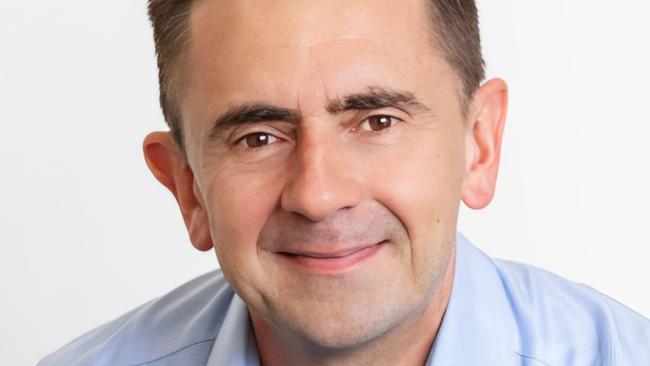
He told the inquiry a long-distance point-to-point HVDC underground option would be between two and four times the cost of an AC overhead equivalent. This doesn’t take into account the social, environmental and economic costs associated with overhead transmission lines.
In terms of delay, he added: “I firmly believe that if you fairly assess underground options early enough in the process, that an HVDC underground option would be installed quicker than an AC overhead transmission option. And if it had been done in the case of HumeLink we’d probably be under construction right now.’’
There is broad agreement that underground HVDC is only economical over longer distances, and to tap into the line to add more renewables is not economically viable due to the cost of converter stations outlined by Redman.
But Brand, Bartlett and Barber said an underground HVDC line could be used to directly move large volumes of power from concentrated sources, such as Snowy 2.0, to places of demand, such as a city, freeing up the existing 330kV lines for tapping in new renewable projects along the way.
“The implementation of such ‘transmission superhighways’ could allow the bulk of the generation to get to the major load centres directly with lower losses, while leaving the parallel AC transmission network with less congestion to allow generation and load to tap in along the way,’’ Brand said.
Marie Jordan has more than 35 years of US gas and electric transmission and distribution experience. She was appointed Transgrid executive general manager (networks) just over a year ago, arriving at a tumultuous time in Australia’s transition to renewables.

She said the plan outlined by the three experts would work well when it linked bulk generation with demand in a point-to-point system, but this was not feasible in Australia, where renewable energy sources are dispersed and there was a need to collect them along the line.
“This is not designed to take a huge renewable load to a single point. When you look at all the renewables coming in, we’re going to be collecting and moving them throughout the system. AC is the best way to do that.’’
It’s a common misperception, she says, that HumeLink is designed solely for Snowy 2.0. “HumeLink is not just Snowy. Snowy is not big enough that it would ever justify what could be about a $10bn line. HumeLink is about creating that southern superhighway.
“When you look at HumeLink as it connects up into Sydney Ring and gets up around the area of the Hunter and the CWO REZ [central west orana renewable energy zone], that‘s going to be a very important super highway, getting the renewables across the whole eastern side of Australia.”
“Snowy or no Snowy there’s a lot of energy we need to transfer around NSW and really support the closure of the [coal power] plants and get those consumers bills down.’’
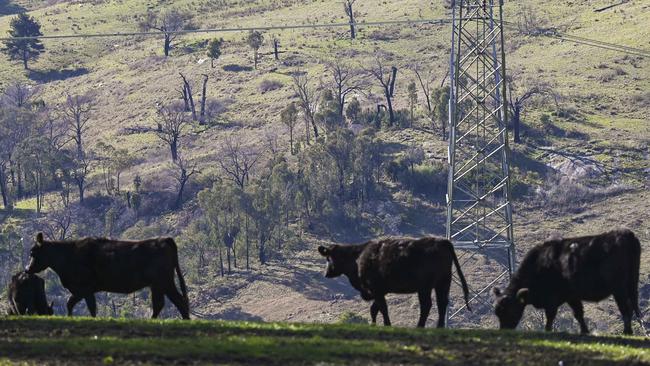
Bartlett told the inquiry Transgrid’s concept was flawed. And former banker and affected landholder Michael Katz said: “It is worth noting that Transgrid has not proposed any tie-in connections of renewable sources along the route of HumeLink – ie, from Maragle to Wagga Wagga or from Maragle to Bannaby.
“It is expected that renewable energy sources along the route will connect to the existing 132kV and 330kV networks, which will link with HumeLink at Wagga Wagga and Bannaby. In any case, HumeLink will be almost maxed out capacity when Snowy 2.0 is pumping or generating at full input/output, so it has minimal capacity of around 500 MW for tapping-in additional generators anyway.’’
The parliamentary inquiry is due to report by August 31. Even if it recommends undergrounding HumeLink, many have wondered whether the egg can be unscrambled. An environmental impact study is due to be released soon and the inquiry heard that contracts for construction were underway – a point not confirmed by Transgrid.
Katz says the community is now fearful that, whatever the outcome, the overhead proposal is a done deal.


To join the conversation, please log in. Don't have an account? Register
Join the conversation, you are commenting as Logout